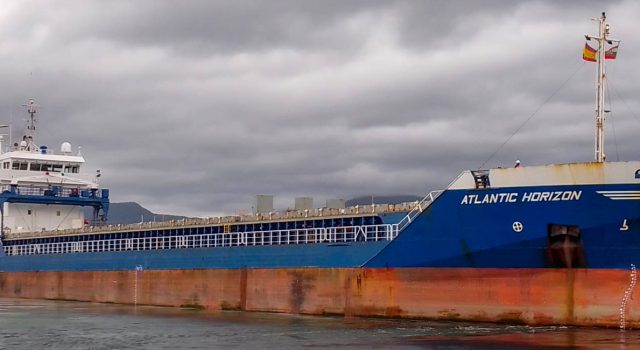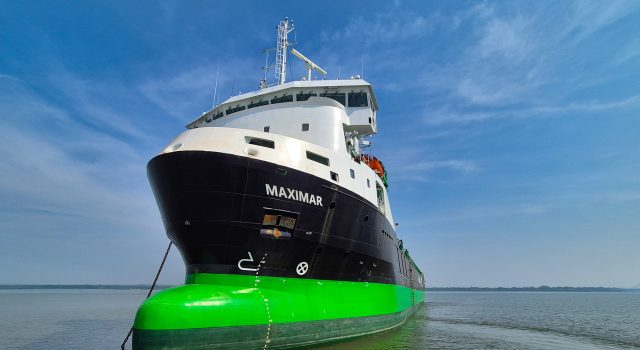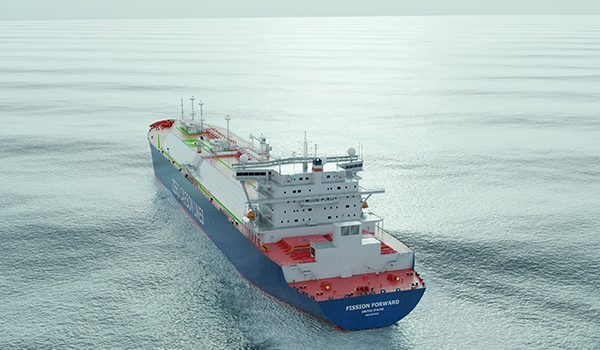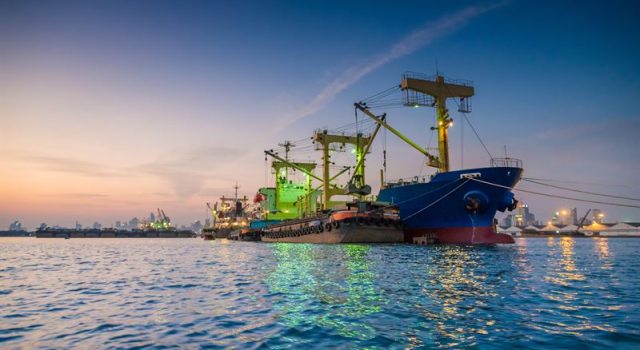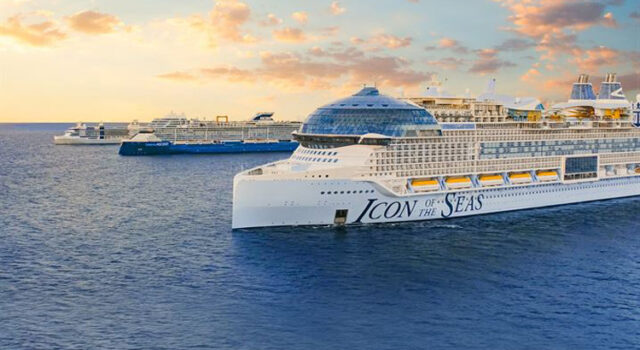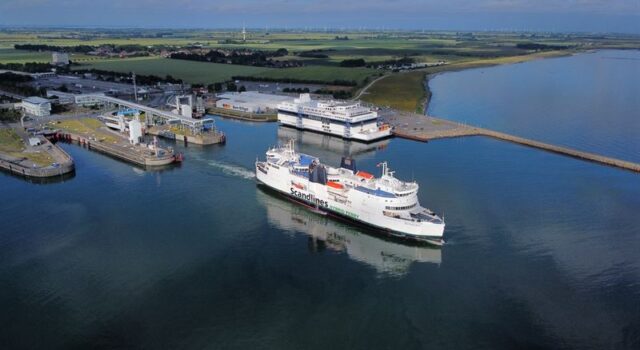The keel-laying deadline often used in the International Convention for the Safety of Life at Sea (Solas) to enforce future regulation on newbuildings is out of step with modern shipbuilding techniques, experts say.
It meant that the construction of a keel often signified the start of the shipbuilding process and a ship would be delivered to the customer after around 18 months at the latest.
However, with modern shipbuilding techniques keels are no longer laid in docks. Today, giant hull sections are built in pre-assembly workshops before being lowered into the dock by goliath cranes.
The idea is to improve productivity by minimising construction time within the dock.
That process also allows yards to legitimately build and register keels within the stipulated Solas deadline but not sell, build and deliver ships until many years later.
“It is no cost or effort for a yard to build a 50-ton keel and keep it stored and it is perfectly within the regulation,” one classification expert told TradeWinds.
However, he confirms that yards are actually contracting the ships and building the keels, as they have to be witnessed and given a hull number by an authorised classification society surveyor.
The IMO has shown it can adapt the keel laying requirement to make sure yards do not take advantage and deliver legitimately non-compliant ships many years later.
When the performance standard for protective coatings (PSPC) requirement was introduced under Solas, there was a time limit on contract signing and keel laying for newbuildings. And there was an extra condition that ships delivered after a certain date must comply with the coatings regulation.
However, for some reason those extra conditions were not applied to the Annex VI regulation on nitrogen oxide (NOx) emissions.
Some suggest this is because the complicated rule development process involved both the Marine Environment Protection Committee (MEPC) and the Marine Safety Committee (MSC) and ended up with additional requirements being overlooked.
“The result is that yards have contracted ships which will be sold and delivered years in the future and quite legitimately will not have to comply with emissions standards that are already in place. At a time when shipping is under pressure to improve its emission performance that will not reflect well on the industry,” one concerned observer told TradeWinds.
Published in Weekly

